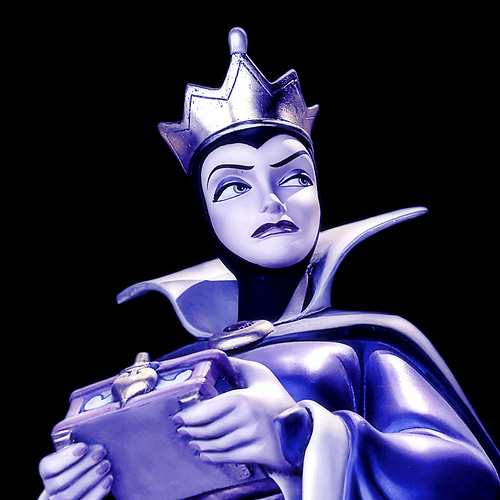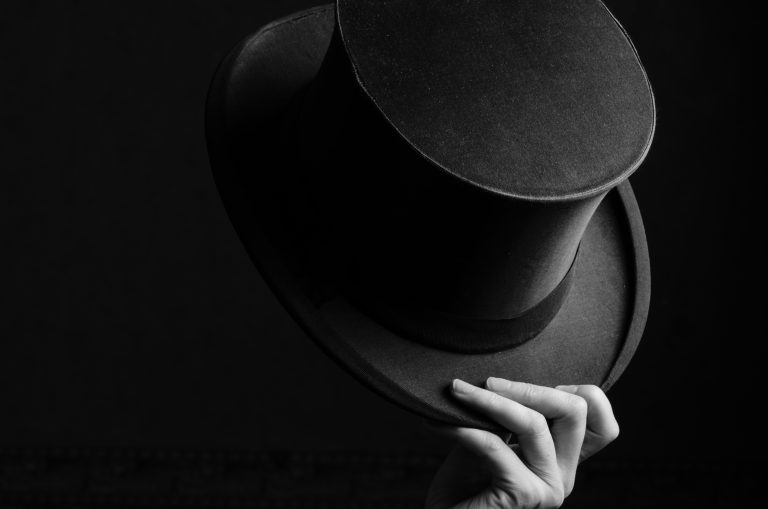Add a Bit of Romance to Your Novel
There are three basic secondary character role types in novels, and we’ve looked at the first two: the nemesis or antagonist and the ally or reflection character. You may not have one or both types in your novel, but if you can find places for them, it’s likely (with most plots and genres) that your novel will be better for it.
Novels are like slices of real life, and just as we have people in our lives who act as friends or foes, our protagonist should have similar people in her life. What I’ve been emphasizing while exploring these character types is the need to avoid slipping into stereotype. This is a big problem in may stories, whether movies or novels. The ally or nemesis is so predictable and cookie-cutter, we can almost predict what they are going to say and do at every turn.
If we want to write great stories, we need to populate them with great characters. And that means breaking free of stereotypes and going for originality. It takes work, but it’s worth it. I’ve given a lot of suggestions over the weeks on how to get real with your characters, and there are plenty of other posts on my blog (search “characters”) that will help you develop great characters.
And while there are lots of variations on the basic character types, the three that most concern and impact your protagonist are these: the nemesis, the ally, and the romantic interest.
Wait, you don’t have any romance in your novel? There’s no law that says you must. But before you shake your head and refuse to consider the possibility, think about this . . .
You Don’t Have to Have a Romance Character but . . .
It’s perfectly fine if you do not have a romance element in your novel. Your genre may not call for one, nor your premise or storyline. And that’s fine. However, you might consider putting one in.
Why? Because most readers (okay, I’ll venture to assume this) enjoy a bit of romance or even romantic entanglement. Why? Because it reflects real life. Most people’s lives have some romance in them (or they wish they did). Most people like to see some romantic exchange in a novel. Romance, being (often) a big part of real life means it usually has a place in a novel.
Romance Is Part of Real Life
A character that has no interest at all in romance or love or some sort of intimate relationship may seem lacking. A character who, at some point in her life, hasn’t suffered a bad relationship, breakup, betrayal, or hurt over love hardly seems human. So even if your protagonist isn’t involved or looking for love at the moment, giving her a history of some romantic relationship will make her more real. And what she experienced (or suffered) in that relationship should help shape both her character and how she looks at the opposite sex.
Again, the premise and genre determine this. Many novels have no place for romance or a romance thread. But, I will daresay that a lot of novels I critique are really missing this element and could use it. And it doesn’t have to be a current romance happening now in the story. Often a writer has created a protagonist—let’s say, a male—that seems to never have been in love, or had a girlfriend, or dated, or was married at some point, or even thought about the opposite sex (if that’s his bent). Most people would say, yeah, that really isn’t normal. As he goes after his goal, whatever it is, he seems to be clueless there are attractive women out there. He never thinks about them or seems to ever want to get into a romantic relationship on any level. He hardly seems human.
Now, maybe you want a character like that, someone dysfunctional, sheltered, messed-up. But that’s a very specific, deliberate character aspect. What I’m seeing a lot is a lack of “normal” with a lot of characters. Yes, they have a core need and a goal they are pursuing in the novel, but somehow they are missing this whole part of their nature and life.
The Romance Character’s Purpose
With that said, the inclusion of an actual romance character type in the story is a different matter than just showing a guy flirting with some gals in various scenes. The role of a romance character is usually fairly specific. When it comes to the character’s inner motivation, the romance character is usually the one who understands the hero, sees him for who he truly is, believes in him (maybe even when he doesn’t believe in himself).
As screenwriting instructor Michael Hauge teaches: the romance character sees the hero’s true essence, what his potential is, who he can (and will) become at the end of the story. While the hero is putting on a face or persona for the world to see in order to protect his heart and avoid vulnerability, the romance character sees past that persona. That is one essential role of the romance character.
The romance character in most successful stories is not someone who is already on the scene in a relationship with the hero (and although I’ve been defaulting mostly to male hero/female romantic interest, the reverse is equally valid in all I’ve been discussing). She is someone who grows into the role of the romantic interest. Often the hero “gets the girl” as a kind of reward or compensation for reaching his goal. Why? Because by the end of the movie or novel, the hero has come into his essence, proven himself (sometimes more to himself than for her benefit), is now ready for that commitment, whereas up until the end he may not have been.
The romance type can also be an ally or reflection character. She doesn’t always fit that role, but it’s common to see. In addition, the romance character can become an antagonist, and often does. Or starts as an antagonist and becomes the romantic interest. So this character type has a lot of flexibility. Just keep in mind that a true romance character type is defined by the hero’s motivation and is part of the hero’s visible goal—he wants to get the girl. The pursuit of her love is tied in with his overarching larger goal for the novel (unless you are writing strictly romance, where, in some cases, getting the girl is everything).
So now we’ve covered these three basic secondary character types, and next week I’m going to share the secret to crafting genuine characters for your novel.
Got any thoughts about romance characters and the function they serve in a novel? What about in your story? Does your romance character act as an ally or antagonist? If you don’t have a romance character, can you use one to help enrich and complicate your plot?
Inspection checklists:
Inspection Checklist 1-concept with a kicker
Inspection Checklist 2-protagonist with a goal
Inspection Checklist 3-conflict with high stakes
Inspection Checklist 4-theme with a heart
Inspection Checklist 5-Plots and Subplots in a String of Scenes
Photo Credit: aussiegall via Compfight cc












One of the problems with getting the girl/love object in the end is that it harkens back to the idea that the girl/whoever is a thing to be won, not an active participant who deserves the happy ending. The passive love object really annoys most readers who finds it either sexist or boring.
If you put the girl/love object in, you have to make this character a participant in the story in a very important way.
My own advice, as a writer, a literary analyst, and former English major who has read most of the greatest novels of all time, is that it isn’t romance but love that makes a novel stand above others. The main character must love, be it a romantic partner, his family, or some ideal like his country. That love must drive what the character does and what the character is, or the novel lacks the something that makes it more than a quick read that is quickly forgotten.
Successful romance stories do not happen immediately at first sight. They are built up to get readers in the heart.
Cheers,
Monique